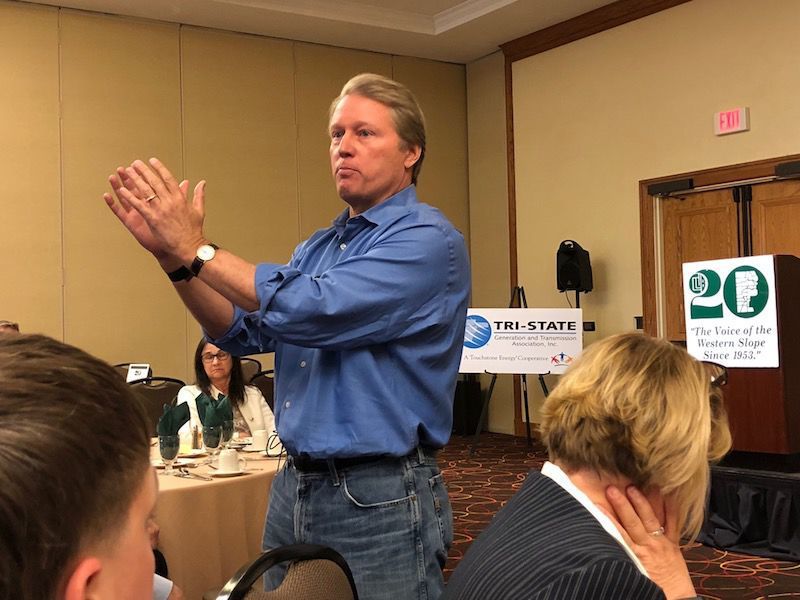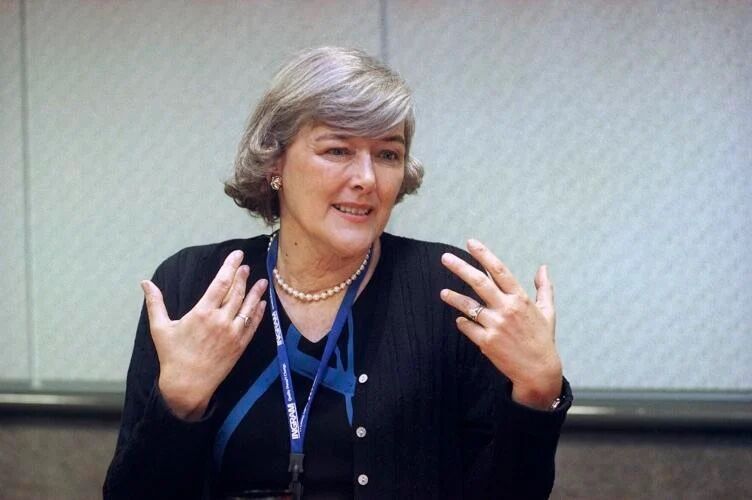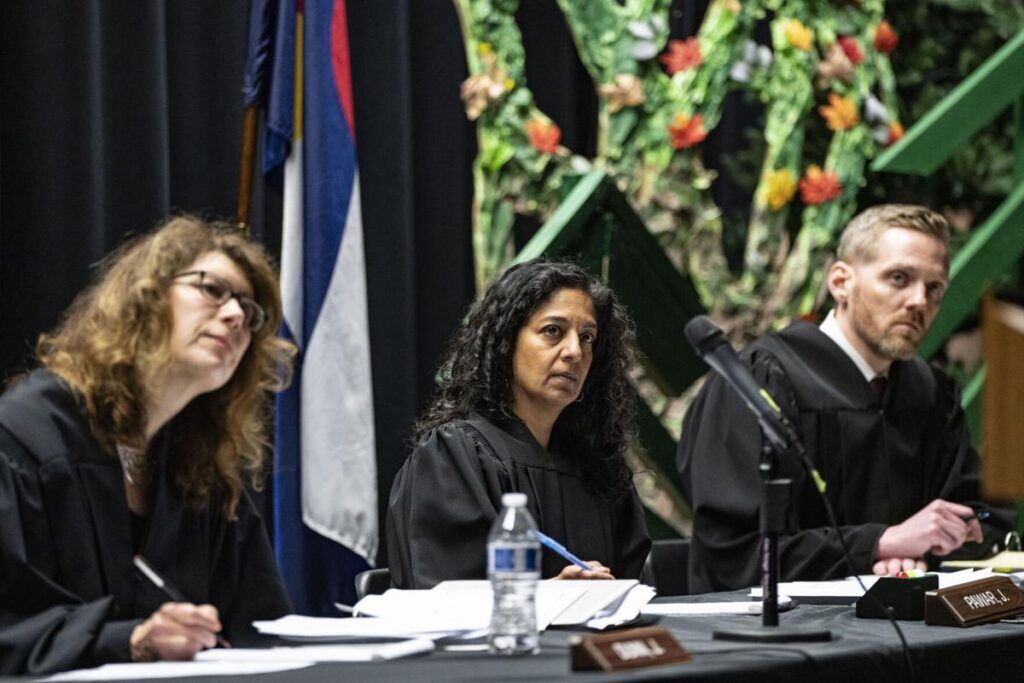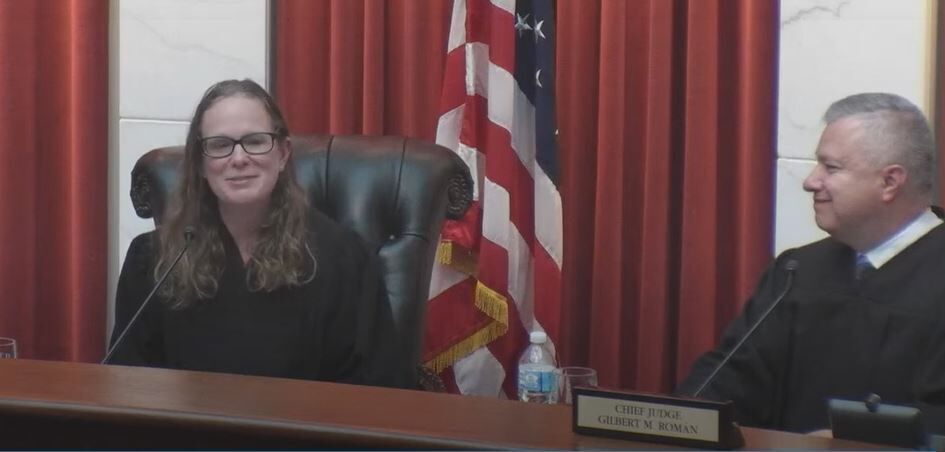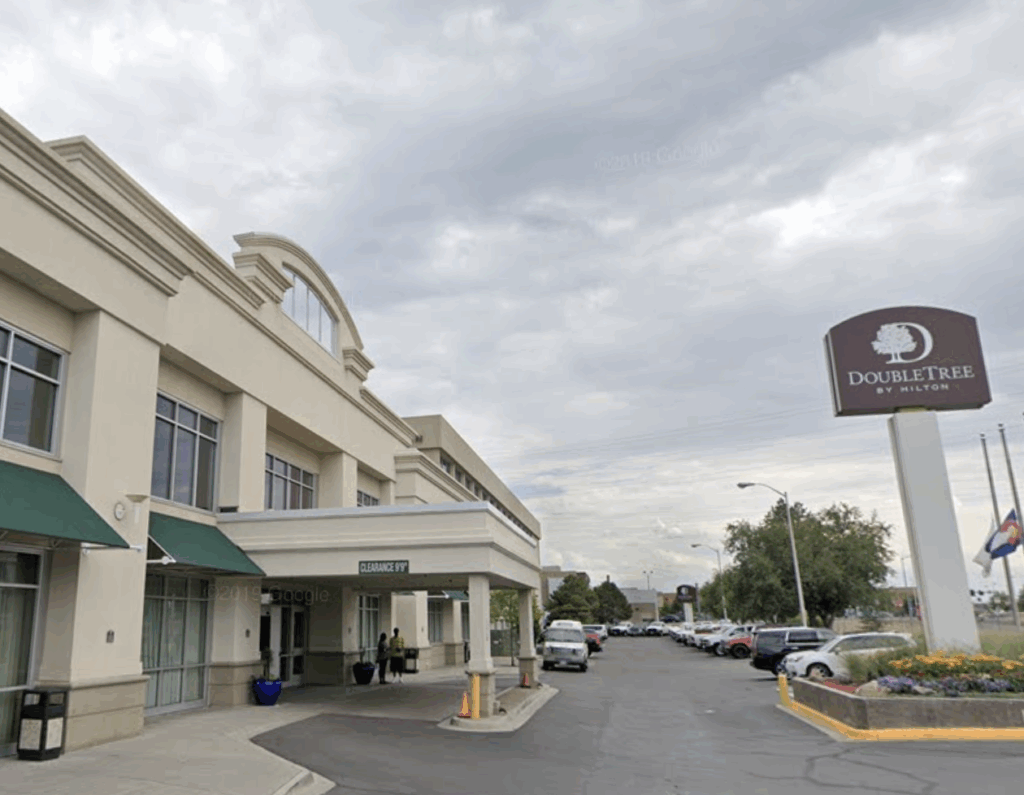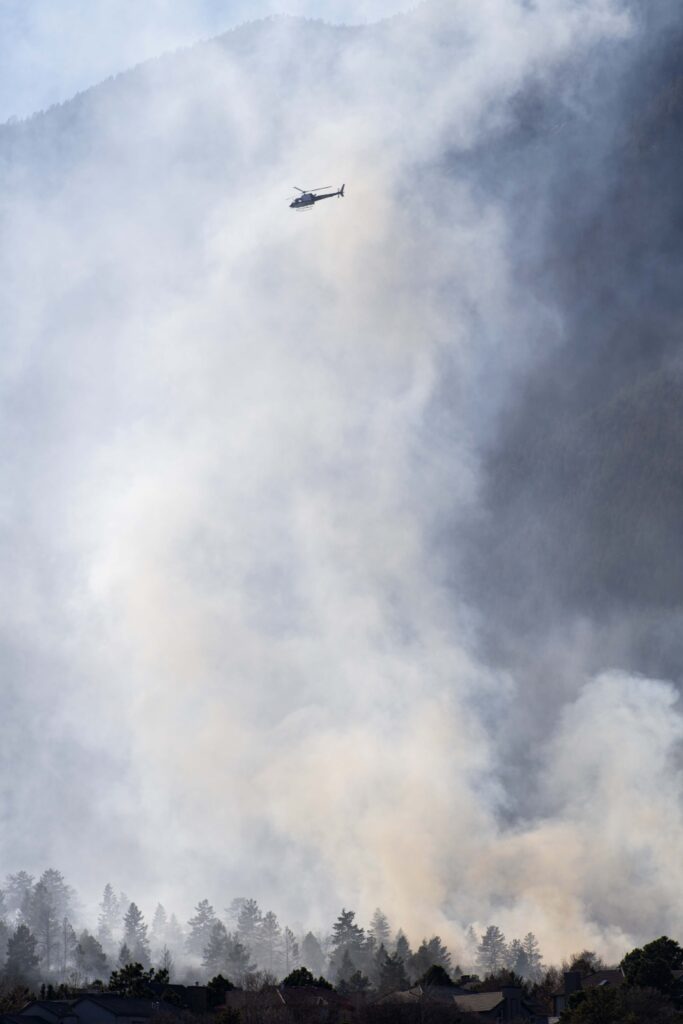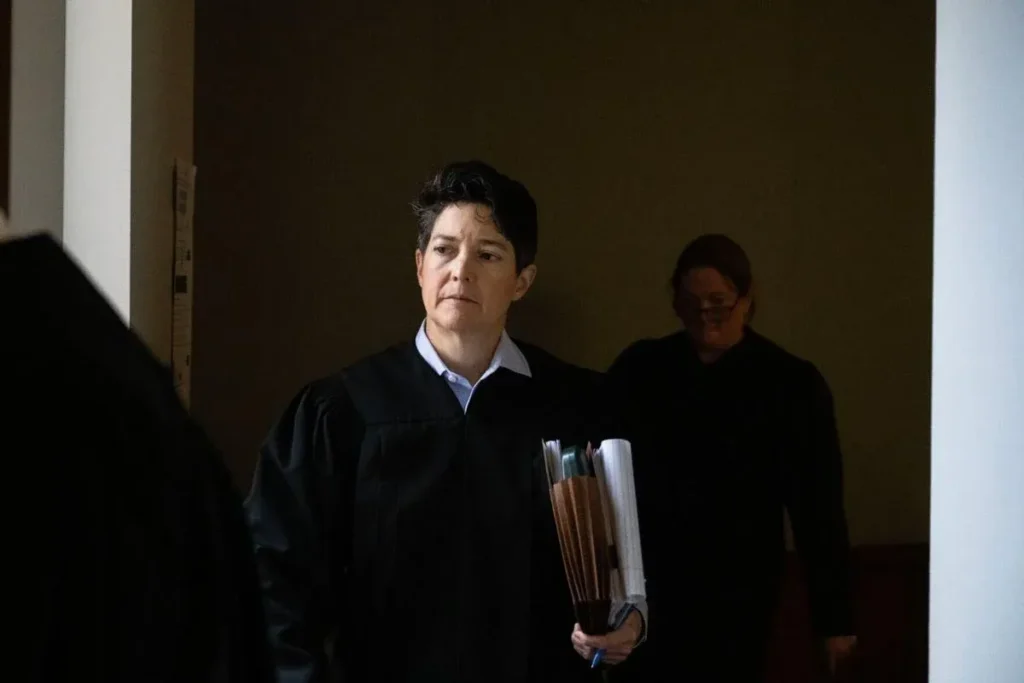OUT WEST ROUNDUP | US looks to boost cooperation with tribes on public lands

NEW MEXICO
Feds look to involve tribes in land management
ALBUQUERQUE – National Park Service Director Chuck Sams said on March 8 that he and other officials are committed to boosting the role Native American tribes can play in managing public lands around the U.S.
He told members of a congressional committee during a virtual hearing that part of the effort includes integrating Indigenous knowledge into management plans and recognizing that federal lands once belonged to the tribes.
Sams was questioned about how the National Park Service could use existing authority and recent executive directives issued by top federal officials to make good on the latest round of promises to tribes regarding meaningful consultation and having a seat at the table.
Sams, who is Cayuse and Walla Walla and a citizen of the Confederated Tribes of the Umatilla Indian Reservation, is the first Native American to lead the Park Service.
There currently are four national parks where tribes share co-management responsibilities: Canyon de Chelly National Monument within the boundaries of the Navajo Nation in Arizona, Glacier Bay National Park and Preserve in southeast Alaska, Grand Portage National Monument within the Grand Portage Indian Reservation in Minnesota, and Big Cypress National Preserve in Florida.
Tribal officials from New Mexico, Colorado and the Pacific Northwest also testified about the importance of including Native American voices when weighing decisions that could impact cultural sites, water supplies or even forest health.
Carleton Bowekaty, the lieutenant governor of Zuni Pueblo and a member of the Bears Ears Inter-Tribal Coalition, told lawmakers that tribes in the Southwestern U.S. banded together to protect their mutual interests as part of the fight over the Bears Ears National Monument in Utah.
Court rules grand juries can’t challenge COVID orders
SANTA FE – New Mexico’s Supreme Court ruled on March 7 that citizens can’t convene grand juries to investigate the governor’s response to COVID-19 because her actions were lawful and within the scope of her authority.
The unanimous order by the five-member court scuttles three grand jury petitions in the politically conservative southeastern corner of the state against Gov. Michelle Lujan Grisham. The justices also ordered district courts to deny any similar petitions as they are filed.
In the response to the pandemic, the Democratic governor has pursued aggressive emergency public health orders that restricted nonessential business, imposed extended mask mandates and enabled many public schools to suspend classroom teaching for a year or more. The orders withstood multiple legal challenges.
New Mexico is one of six states that allows citizens to convene grand jury investigations directly. But the grand jury petitions against Lujan Grisham were dismissed on face value because the state’s pandemic response was legally valid.
The governor’s complaint noted that it was difficult for her to determine how many grand jury petitions had been filed or to respond because the proceedings are sealed and confidential.
The Supreme Court responded by directing a judicial committee to consider possible rule changes that would give notice to a public official who is the target of a grand jury petition and allow the official to intervene in the case.
IDAHO
Lawmakers send Texas-styled abortion bill to governor
BOISE – Legislation aimed at banning abortions in Idaho after six weeks of pregnancy by allowing potential family members to sue a doctor who performs one headed to the governor on March 14.
The House voted 51-14 with no Democratic support to approve the legislation modeled after a Texas law that the U.S. Supreme Court has allowed to remain in place until a court challenge is decided on its merits.
The measure had already passed the Senate headed to Republican Gov. Brad Little, whose spokeswoman declined to comment on the pending legislation.
Jennifer M. Allen, CEO of Planned Parenthood Alliance Advocates, a nonprofit group working in Idaho and five other states, urged him to reject it.
But Little last year signed a similar so-called “fetal heartbeat” measure into law. That one included a trigger provision requiring a favorable federal court ruling somewhere in the country, and that hasn’t happened.
The latest Idaho measure allows the father, grandparents, siblings, aunts and uncles of a “preborn child” to each sue an abortion provider for a minimum of $20,000 in damages within four years of the abortion.
Opponents of the Idaho legislation said it’s unconstitutional, and six weeks is before many women know they’re pregnant. The legislation prevents rapists from filing a lawsuit, but a rapist’s relatives could each bring a lawsuit under the proposed law, Harris acknowledged.
Democratic Rep. Lauren Necochea said the country is at a “crisis point” for reproductive rights. “And this legislation is part of the plan to completely restrict, take away nearly all access to abortion care really for any reason in Idaho,” she said.
MONTANA
New residents aren’t taking pay cuts to move to state
HELENA – Montana’s population has been growing during the pandemic, and on average, new residents aren’t taking pay cuts to move to the state. That means they’re either bringing their higher-paying jobs with them or finding similar-paying jobs in the Big Sky state, policymakers were told in early March.
Legislative fiscal analyst Sam Schaefer presented the data to a committee that is developing a new model to better estimate Montana tax revenues and spending in the coming years.
A few years ago, the concern for Montana budget makers was how state revenues might decline as aging residents moved into retirement with fewer new workers to replace them.
But in recent years, the state’s population has increased with higher-income residents, including wealthy retirees, Schaefer said
On average, new residents who moved to Montana in 2020 earned more than existing Montana residents. In fact, the top 10% of new residents had an average household federal adjusted gross income of nearly $600,000, compared to $312,760 for the top 10% of full-year residents, Schaefer’s report said.
The top states Montana is drawing new residents from are California, Washington, Colorado, Oregon, Idaho and Texas.
ARIZONA
New Yorker rescued twice in 2 days on mountain hikes
FLAGSTAFF – A New York City man who needed to be rescued twice on consecutive days while hiking in a northern Arizona mountain range is urging others to pay more attention to winter weather than he did.
“Warning: Unless you are an experienced alpine mountaineer, DO NOT attempt Humphreys Peak in the winter. There is so much snow that it’s difficult to follow the trail and very easy to fall off of it. Moreover, the wind is absolutely brutal,” Phillip Vasto said in an online post.
The 28-year-old Brooklyn man first called 911 on March 1 at about 7 p.m. to say he got lost while hiking on Humphreys Trail in the San Francisco Peaks overlooking Flagstaff, the Coconino County Sheriff’s Office said in a statement.
Vasto told the Arizona Daily Sun that he was an experienced hiker but had underestimated the difficult conditions.
During the first rescue, tracked vehicles from the ski resort that travel on snow drove Vasto off the mountain and he declined medical attention.
But at 5 p.m. the next day, Vasto called 911 to say he needed help after injuring himself in a fall near a ridge on the Humphreys Trail.
An Arizona Department of Public Safety rescue helicopter was sent to pick up Vasto and another hiker who had stopped to help him.
The other hiker who stopped to help Vasto, Phillip Wyatt, said it was “very apparent that he wasn’t prepared for the climate that he had gotten himself into.”



